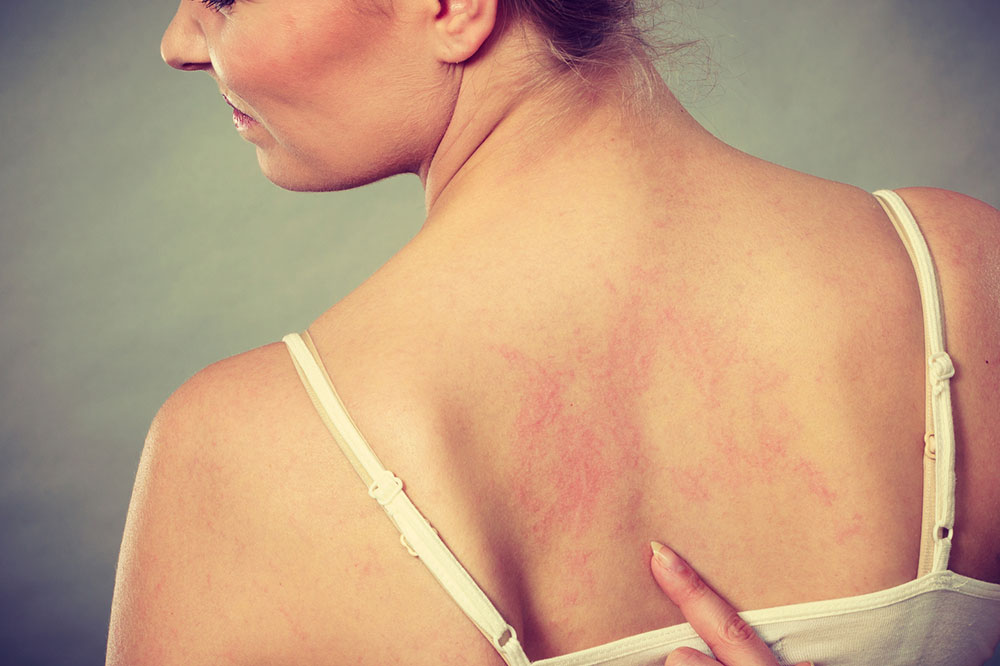5 main types of psoriasis
Psoriasis is a chronic skin condition that results in inflammation of the skin throughout the body. It is an autoimmune disease in which the cells of the body act against themselves and begin growing rapidly in an unhealthy manner. As a result of this, the cells start building up over the surface of the skin instead of falling off, leading to scaly patches. This can sometimes cause redness, itchiness, or pain.

Here are five different types of Psoriasis observed in people.
- Plaque Psoriasis
This is one of the most common types of Psoriasis and is said to be observed in almost 80% of Psoriasis patients. In this condition, the skin develops significant red patches, which are often covered by silver or white scaly layers. Also known as Psoriasis Vulgaris, in this type of Psoriasis, such patches are usually 1 to 10 centimeters wide and are seen on elbows, knees, scalp, or the lower back. - Guttate Psoriasis
After Plaque Psoriasis, the second most common type is known as guttate Psoriasis. In this type, the person develops small, drop-shaped red spots on the skin that are caused by inflammation. It is commonly observed on the face and the scalp and can also be found on the arms, legs, and torso. - Inverse Psoriasis
In Inverse Psoriasis, also known as Flexural Psoriasis, the inflammation of the skin is often observed specifically in the folds of the skin. This may include the armpits, under the breasts, in the buttocks, or the groin area. As a result of sweat and dirt settling in these crevices, this condition results in a lot of itching and discomfort. - Pustular Psoriasis
Pustular Psoriasis, which is observed in only 3% of people suffering from Psoriasis is a severe condition as compared to the other types. The skin is covered in white, cystic bumps, which are known as pustules. These pustules are often accompanied by red skin surrounding them and can sometimes merge together to develop scaly layers. The pus that is in the pustules is noninfectious but can sometimes cause flu-like symptoms. - Erythrodermic Psoriasis
Considered to be one of the rarest types of Psoriasis, Erythrodermic Psoriasis is observed in just 2% of patients. It is also known as exfoliative Psoriasis and is known to cover large patches of the skin. It is considered to be a medical emergency, and patients with symptoms of exfoliative Psoriasis need to seek medical attention immediately.
Disclaimer:
The content provided on our blog site traverses numerous categories, offering readers valuable and practical information. Readers can use the editorial team’s research and data to gain more insights into their topics of interest. However, they are requested not to treat the articles as conclusive. The website team cannot be held responsible for differences in data or inaccuracies found across other platforms. Please also note that the site might also miss out on various schemes and offers available that the readers may find more beneficial than the ones we cover.